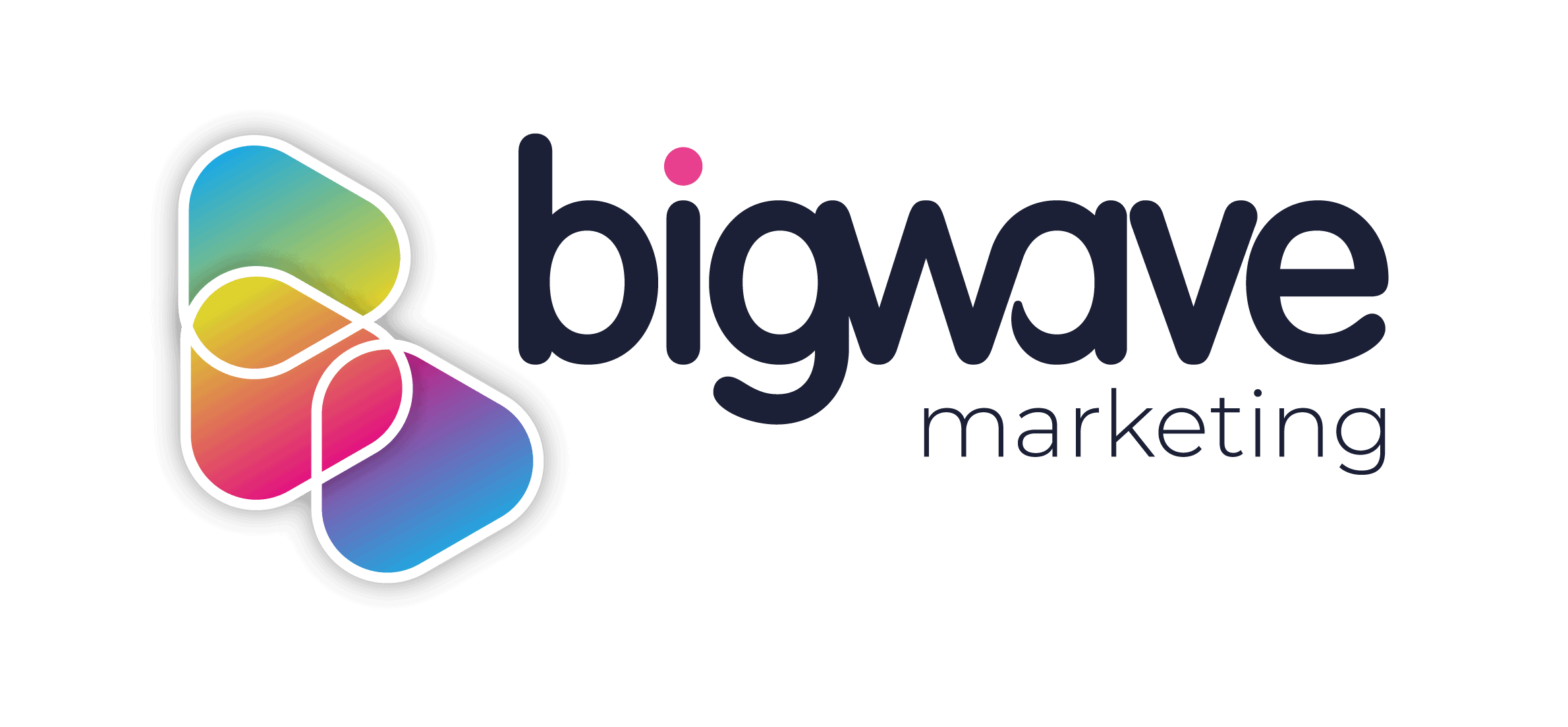For years, there’s been a fierce debate raging over social media. Although social media has been part of our lives for a long time, campaigners have pointed out that the always-on platforms have a negative impact on mental health problems and body image.
This presents a difficult situation for marketers and businesses. Since they are reliant on social media to form a connection with their target audience in the place of face to face conversations, how can brands use the platforms without promoting bad social media habits and contributing towards poor mental health?
First of all, let’s explore the impact of social media on people’s mental health.
The link between social media and mental health
Of all the social networking sites, Facebook was found to be one of the most harmful. When users of social media spend hours a day seeing people and friends who they perceive to be happier, healthier, and leading better lives than themselves, then mental health can suffer massively. And since people are always connected via social media, there’s little respite from the feeling.
In 2012, a diagnostic standard for harmful Facebook use was created. Known as the Bergen Facebook Addiction Scale (BFAS), this standard uses traditionally defined signs and symptoms of addiction to diagnose Facebook addiction.
Young people are one of the groups most at risk of Facebook addiction, perhaps because they spend a lot of time on social media. They score highly on the BFAS standard and can show signs of depression, anxiety, and FOMO (fear of missing out).
The problem with FOMO
FOMO refers to ‘a pervasive apprehension that others might be having rewarding experiences from which one is absent’ and comes with a ‘desire to stay continually connected with what others are doing’.
Social media allows us to constantly keep up to date with our friends’ activities, which can make people feel left out and anxious. In fact, FOMO has been linked to intensive social media use and can lead to lower mood and life satisfaction.
How to use social media to reach your customers responsibly
It’s not all doom and gloom. Ultimately, social media is a fantastic tool that has the power to bring people together in an instant.
Some research suggests that, as long as social interaction through these sites is positive, social media can reduce the risk of depression and anxiety in users.
It’s important for marketers and business owners to consider whether their social media activity is contributing to the problem or erasing it.
So, how can we use social media platforms to engage with audiences whilst minimising mental health implications?
Create a strong, secure, and safe community
- Build a space where your audience and customers can feel like they belong
- Provide resources for support, such as crisis call centres or simply friendly sympathy
- Don’t tolerate bullies
- Think about how your post might affect your customer, such as how a female body might be perceived by a young female audience
- Listen to your customers
How are other brands increasing their responsibility?
A few months ago, Instagram removed the like counters from some users’ photos.
The Head of Instagram, Adam Mosseri, explained: “The idea is to try to ‘depressurize’ Instagram, make it less of a competition and give people more space to focus on connecting with people that they love, things that inspire them.”
Whilst reactions have been mixed, the general consensus is that Instagram’s move to ‘depressurise’ social media platforms will have a beneficial impact on mental health problems and public health as a whole.
At Bigwave, we’re experts in using social media in a way that’s both responsible and effective. If you’re looking for help reaching and engaging with your audience, check out our social media management services here.

